Why Every Pilot Should Practice Power-Off 180 Landings
Thanks to Boldmethod for sharing...
It's unlikely you'll ever have an engine failure abeam the aim point markers on downwind...so why are power-off 180s so important to practice?
What Exactly Is A 'Power-Off 180?'
Performing a power-off 180 is just what it sounds like. Abeam an aiming point on downwind, engine power is cut to idle (at or below 1000 feet AGL per ACS standards), and you maneuver to land as close to that preselected point as possible. Most pilots pitch for best glide speed, at least initially, to improve chances of making the runway point.
While it's not usually a required maneuver for private pilots, it's a great maneuver to practice for any pilot. The ACS has the following standards for maneuver completion: "Touch down within -0/+200 feet from the specified touchdown point with no side drift, minimum float, and with the airplane's longitudinal axis aligned with and over the runway centerline."
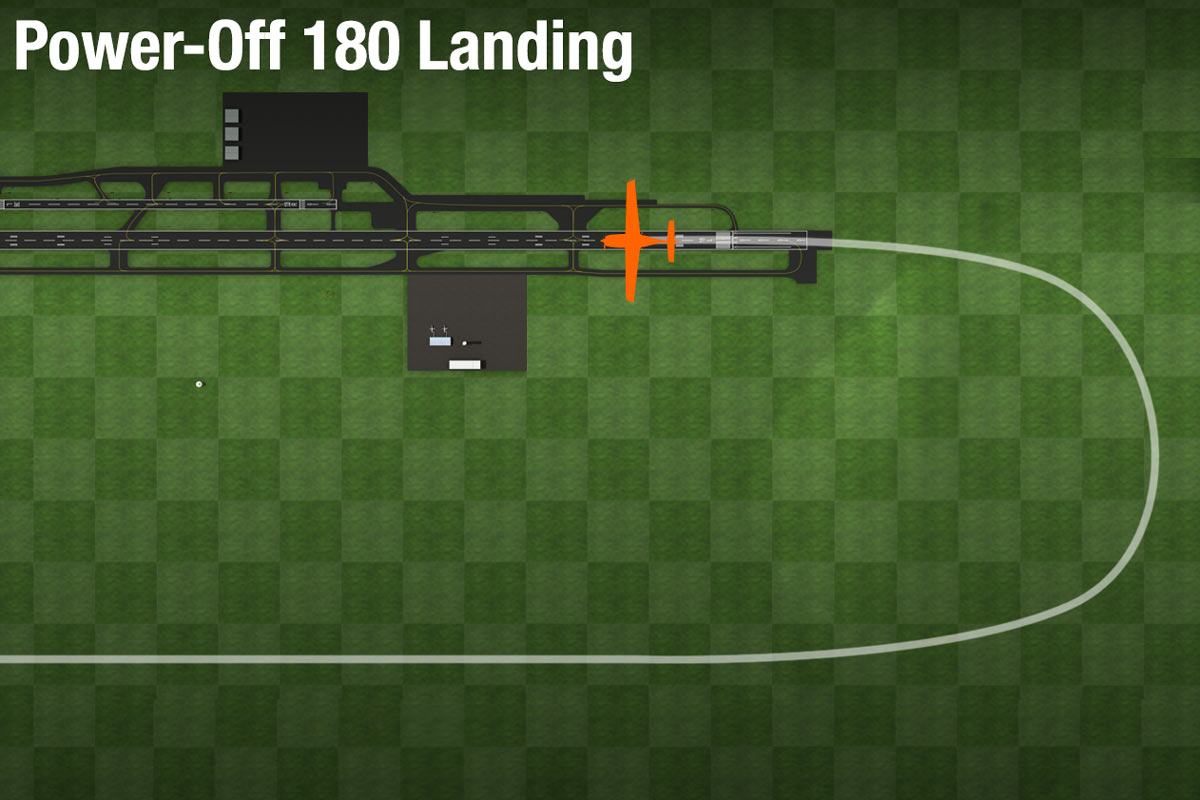 Boldmethod
BoldmethodBut this maneuver doesn't realistically depict what to expect during an actual engine failure and emergency landing, so why are they so important? Bear with me...
Simulated Landing Points
Unless you fly in North Dakota, you can't just land anywhere. Water, forests, and densely populated areas make emergency landings tough. While power-off 180s may not accurately depict real-life landing conditions, they do hone in the importance of landing on a pre-selected spot.
Your goal during a power-off emergency landing is a descent to landing following the format of a traffic pattern. Straight-in power-off approaches are dangerous, because you start farther away from your landing point, and it's difficult to judge glide and sink rate.
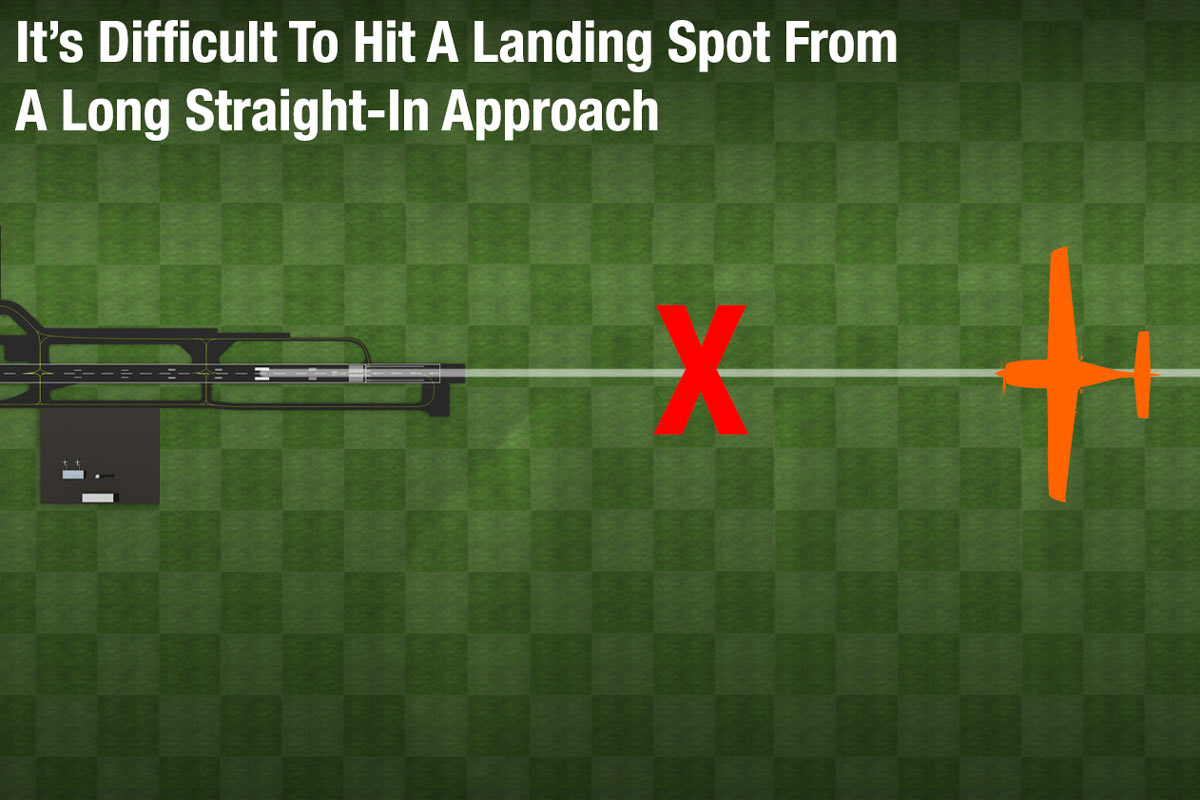 Boldmethod
BoldmethodWind Correction
Headwinds, tailwinds, and crosswinds provide unique challenges when flying power-off 180s. Unlike a normal approach, you don't have the backup of adding power to adjust for poorly anticipated wind conditions. The power-off 180 is the perfect way to learn how to control your descent path, while adjusting to compensate for wind.
Example 1: As you fly your downwind, you notice a high groundspeed with a corresponding tailwind. As you pull the power back, you'll need to make a base turn towards the runway sooner than normal. You'll be fighting a headwind and low groundspeed the whole way in on final.
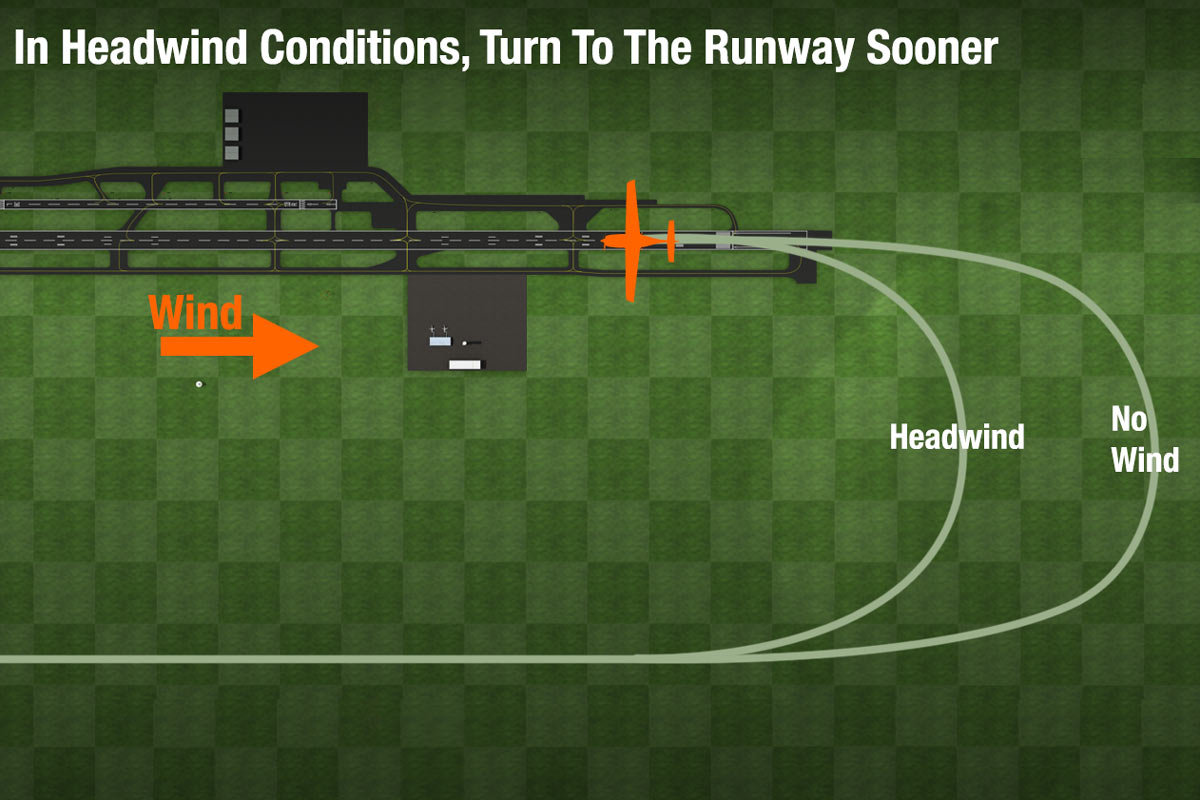
Example 2: On downwind, you experience a headwind. As the power is brought to idle, extend your downwind before making a base turn to prevent over-shooting your landing spot.
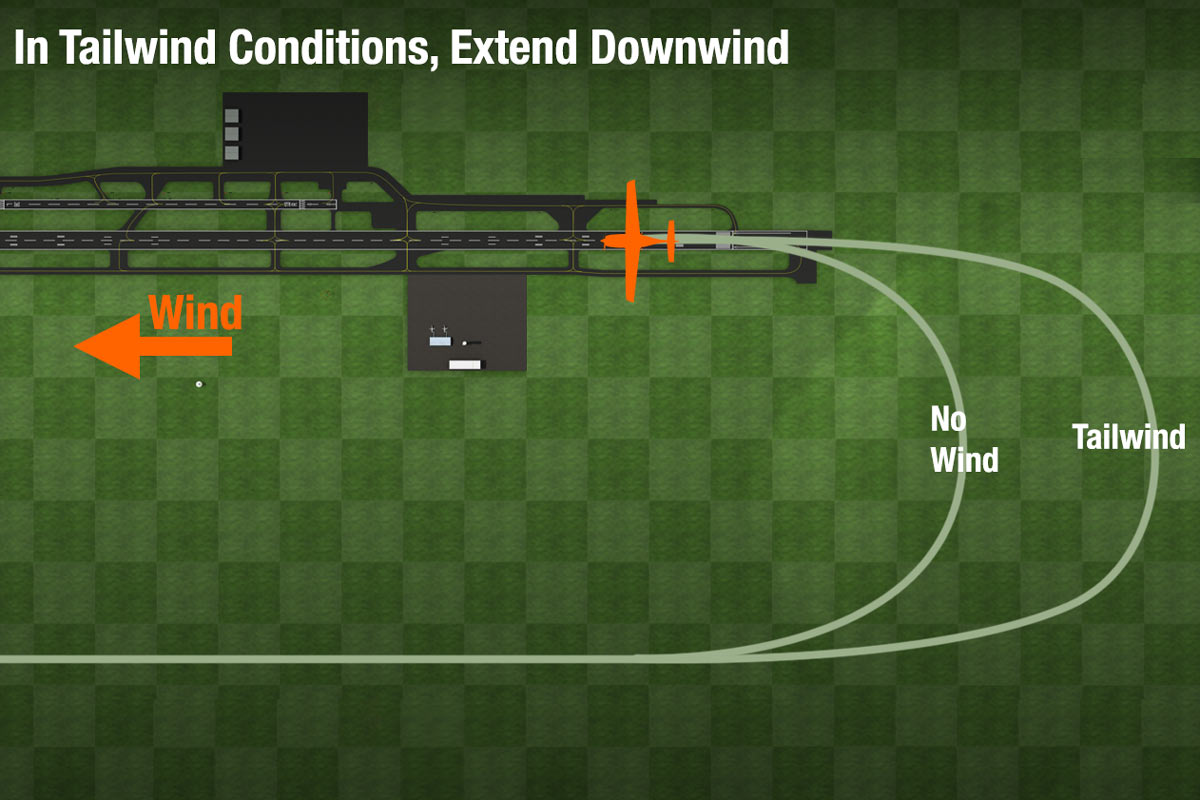
Adjusting for differing wind directions and speeds takes practice, and is one of the biggest reasons practicing power-off 180s is so important. Over time, you'll get a feel for how long you need to wait before making a base turn.
No matter the situation, improving this skill set important for any pilot.
Increasing Your Descent Rate
Need to lose altitude? Try entering a forward slip. In most airplanes, you'll add full rudder in the direction away from the wind, while simultaneously using ailerons to maintain safe bank and directional control. This maneuver exposes a larger portion of the airplane's fuselage to the free air stream, resulting in significantly increased parasite drag. You'll be able to descend quickly, and get back on glide path.
The best way to use forward slips in this case? Treat them as step-downs. Enter a forward slip for a few seconds, lose altitude, exit the slip, and re-consider your glidepath to the runway. If it looks like you'll need to lose more altitude, enter the slip again. Repeat. This way, you'll reduce your odds of undershooting the runway.
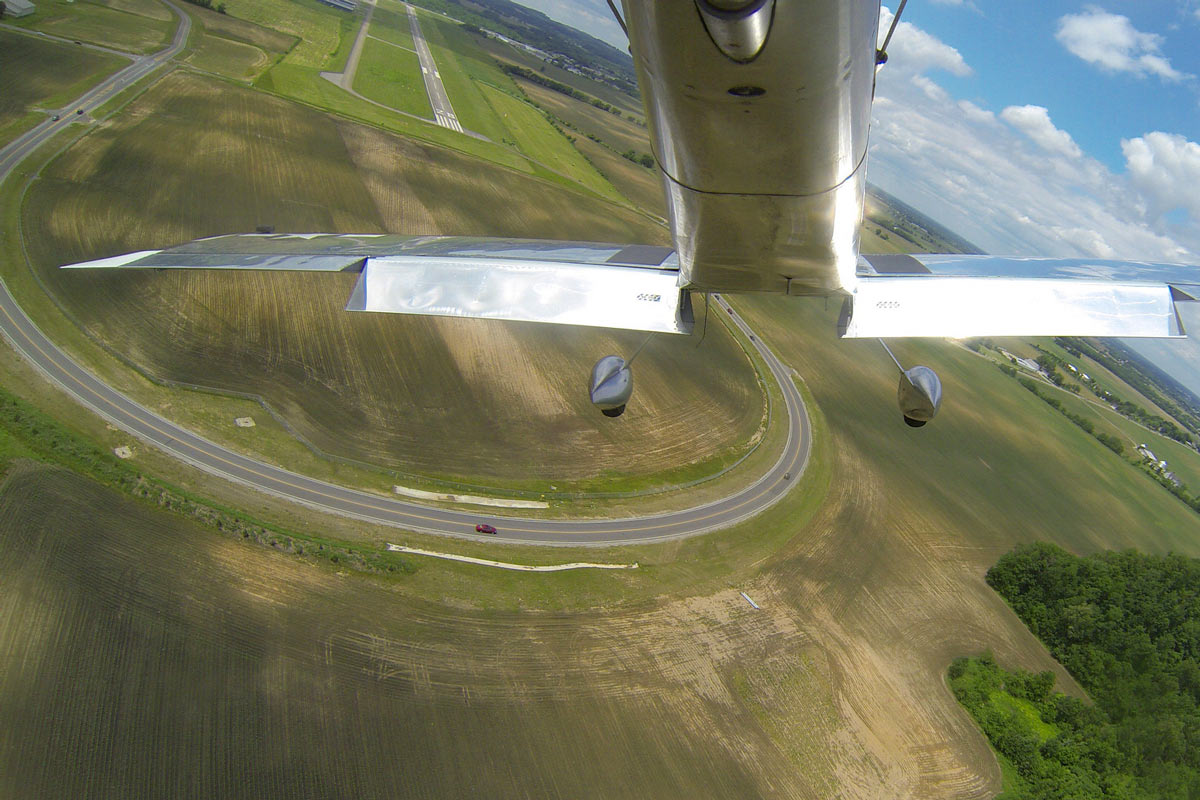 panhandler1956
panhandler1956S-Turns are another way to increase descent rates for landing. By turning, you'll simultaneously increase ground track, while lift is directed horizontally. Both factors result in a greater descent compared to straight-and-level flight. Be careful not to over-bank or use s-turns as your only way of losing altitude. They're generally not the best option, because you de-stabilize your approach.
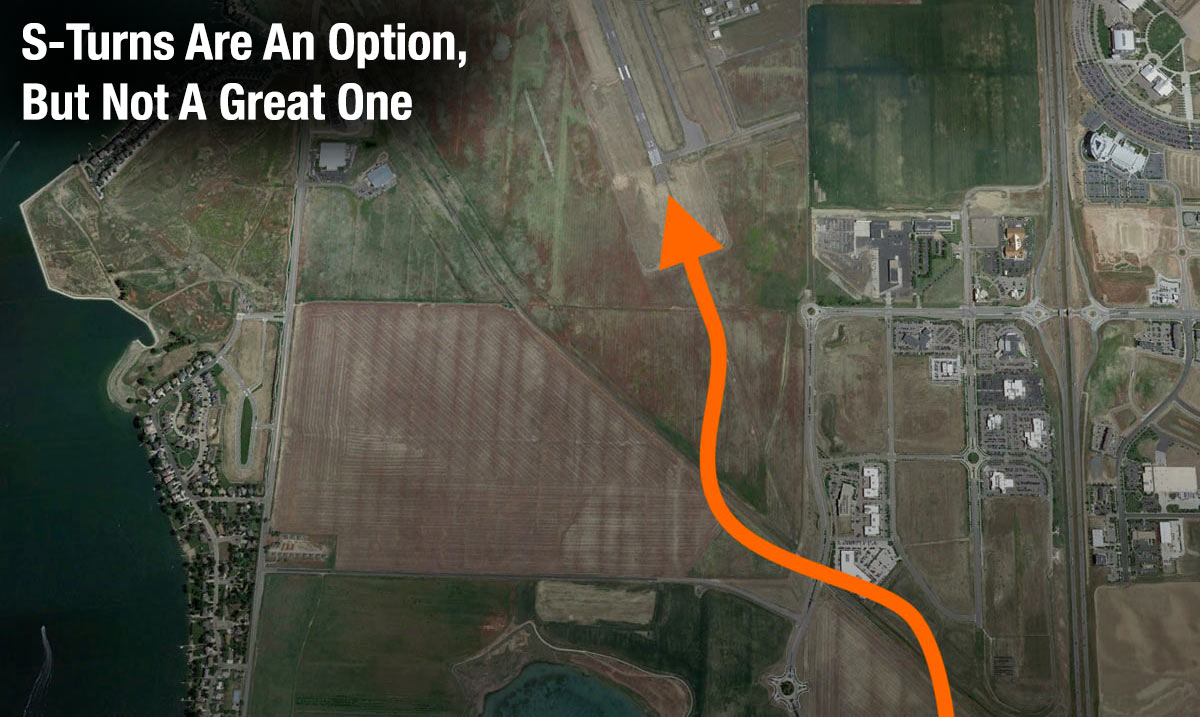
Each of these maneuvers exemplify another important lesson learned from power-off 180s. If you're caught in a situation where altitude loss is necessary, these skills will pay off in a big way.
Configuration
When should you add flaps? It all comes down to descent path. If you feel that you're high, start adding flaps. But avoid putting flaps to full right away. Like the forward slip, use flaps incrementally, to ensure you don't overshoot or undershoot your target.
There's nothing worse than adding full flaps, only to discover you didn't actually need that high of a descent angle and risk undershooting your landing point. And once you add flaps, don't take them out, especially down low. Retracting flaps with no power results in a significant sink rate - and possibly more than you can recover from, even with power. Don't add flaps, and especially full flaps, until you're absolutely certain you'll make your landing point.
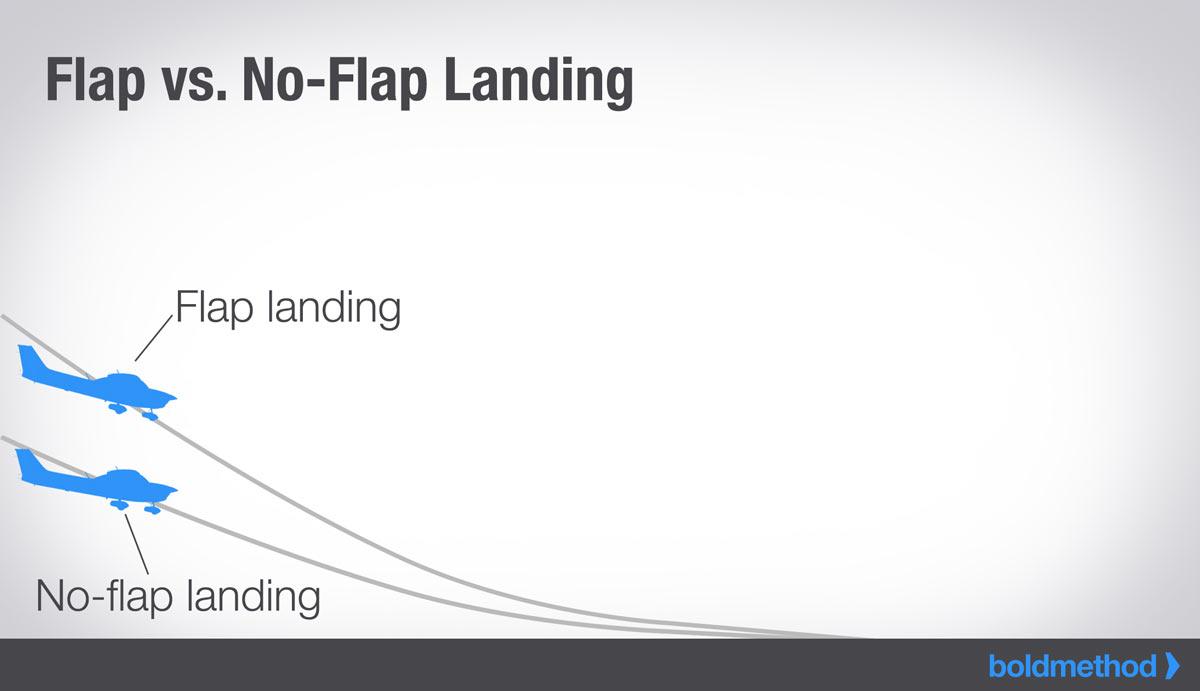
Ground Track
It's not all about how the plane is set up or which maneuvers you choose to fly. Your ground track directly affects your descent path.
Squared turns from downwind-base-final result in more time spent in the air, steeper turns, and more altitude loss. Making a continuous turn, or nearly continuous, typically sets you up for a better final approach.
Speed Control
Throughout the entire power-off 180, speed control is key. As power is brought to idle, pitch for best glide speed. It'll give you the best shot of making the runway, and helps you judge your best glide ratio. Flying too fast or too slow means risking gliding distance.
Be careful when flying over approach speed as you get close to the runway. You'll risk floating and missing your touchdown point entirely.
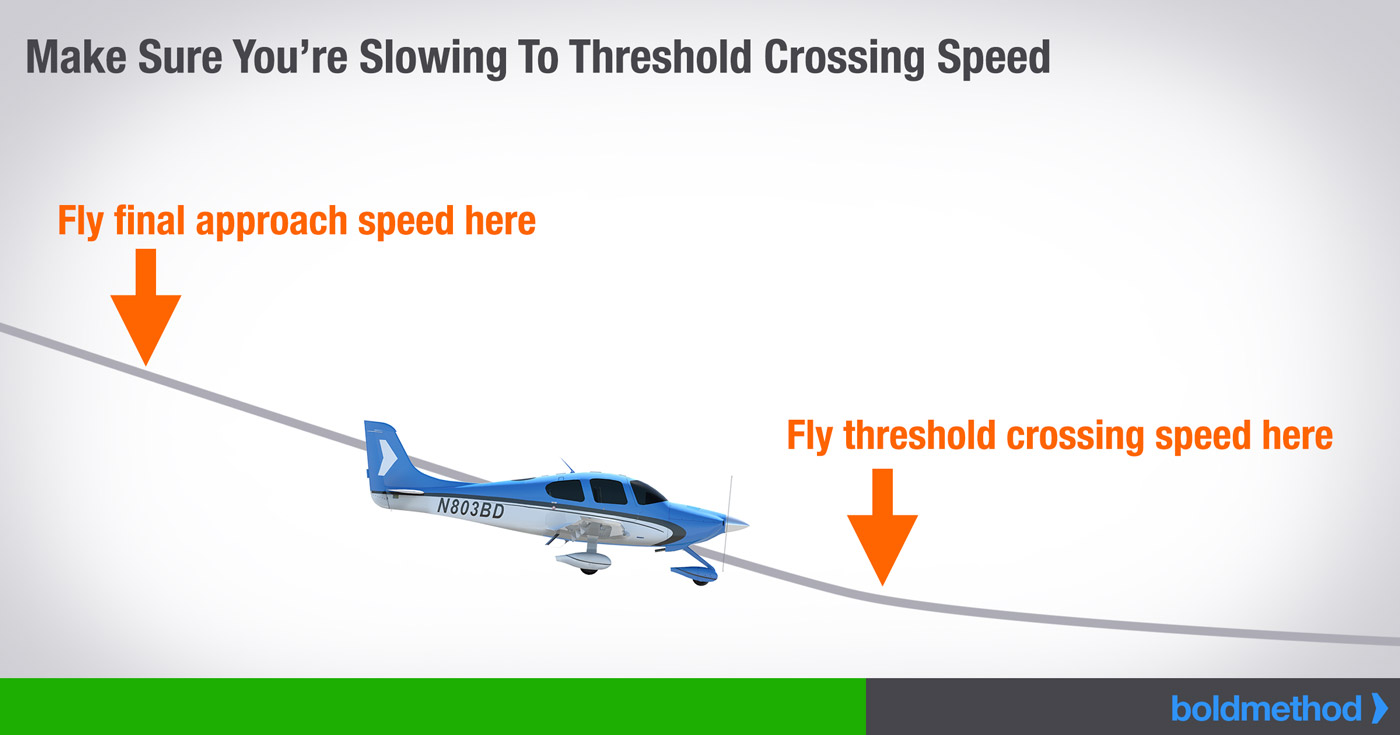
Differing Glide Ratios
Every airplane glides differently at idle power. Some fly like a glider, and some like a brick. Practicing power-off 180s in a variety of airplanes demonstrates the importance of understanding your airplane's aerodynamics.
That way, when you're ready to fly a new bird, you'll feel much more comfortable preparing for emergencies.
 imgur
imgurA lot goes into flying a perfect power-off 180. Getting proficient in this maneuver don't just apply to engine-out situations, it helps you plan out any approach to landing.
What else is important about flying power-off 180s? Tell us in the comments below.
Become a better pilot.
Subscribe to the Boldmethod email and get real-world flying tips and information direct to your inbox, every week.
Subscribe to the Boldmethod email and get real-world flying tips and information direct to your inbox, every week.
No comments:
Post a Comment